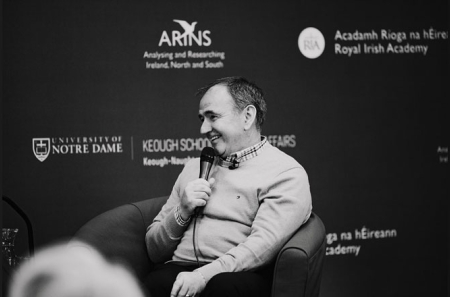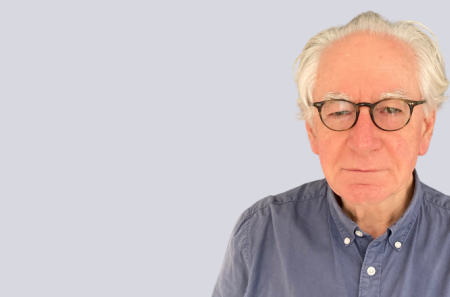
‘The Glimpses Behind the Façade’ – Uncovering Identity in the Shadow of Trauma
01 March 2024By ARINS writers
‘Fear is a huge thing. A lot of us hold back on what could be our true potential through fear. But we all have a story to tell. The risk is in thinking we’re not saying anything of value. You could have something extraordinary to say that’s ordinary to you.’ Visual artist Colin Davidson made brave links between the political and the personal at Part I of the ARINS ‘My Identity’ conversation series, which took place at lunchtime on Friday 1 March in the Royal Irish Academy on Dawson Street, Dublin.
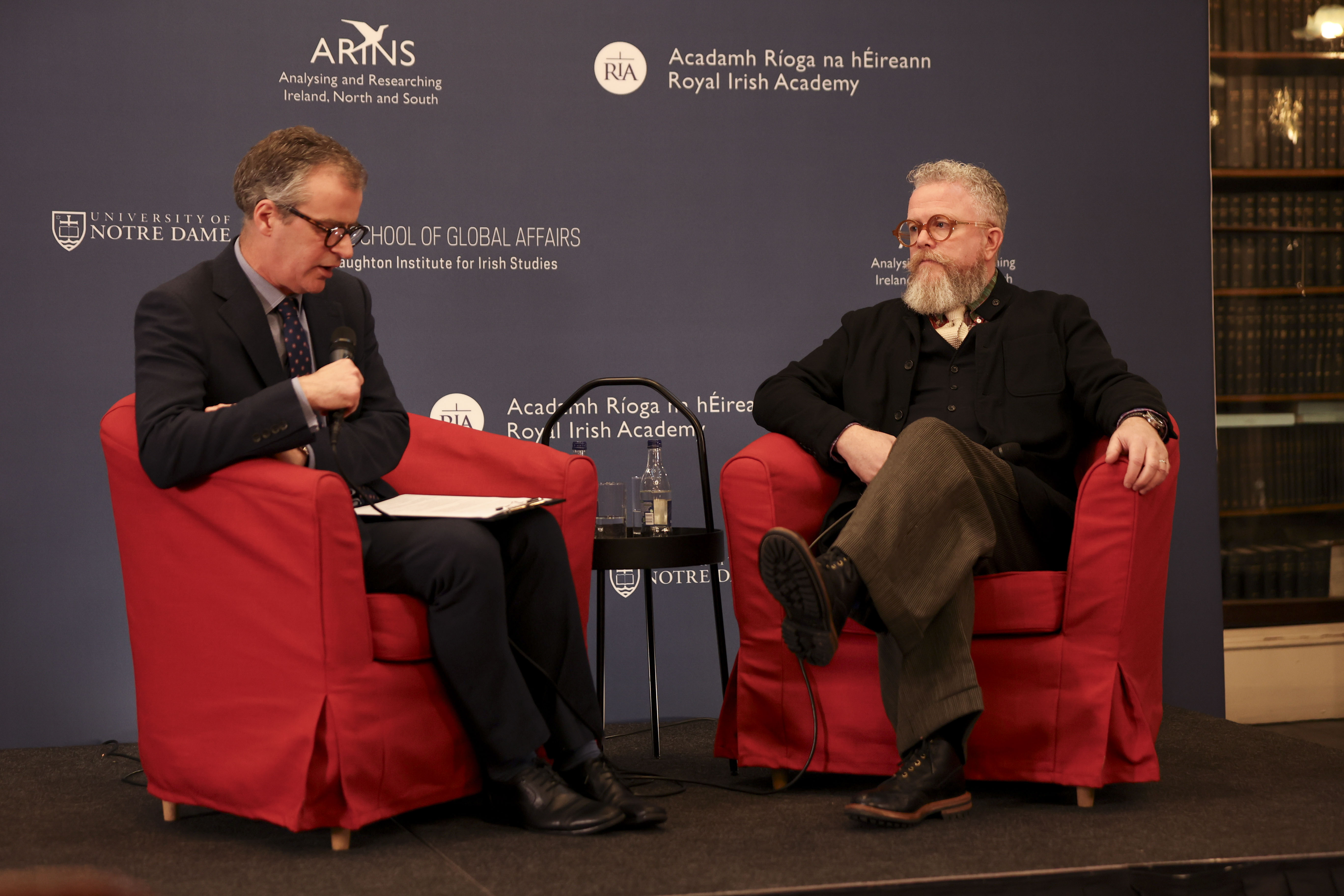
Image 1: L-R: Colin Graham, Colin Davidson
Davidson, who is Chancellor of Ulster University and a painter perhaps best known for his virtuoso, star-studded portraits, was interviewed by Professor Colin Graham, literary scholar and Dean of the Faculty of Arts at Maynooth University.
In a wide-ranging public interview on a morning of heavy snowfall in Dublin, the two Belfast natives discussed the formation of identity in the wake of turbulence, the intention behind some of Davidson’s immense body of work, and the interrogation of individual identities for an artist whose subjects have ranged from royalty to rockstars and political pathbreakers, to survivors of the Troubles, and inwards, to the window self-portraits or ‘selfies’ that form a vibrant aspect of his current practice.
Described by Graham as a ‘technically brilliant painter and a person of extraordinary integrity and thoughtfulness,’ Davidson confronted the question of identity with reserve: ‘I’ve had to formalise and sort out what my identity was. There are so many facets to it and aspects to it. You can’t grow up in south Belfast without still feeling uncomfortable about who you are.’
In the community of his hometown, identity was ingrained and imposed according to sectarian principles: ‘Your identity could be the difference between being killed or not if you walked down the wrong street.’
Born into a Protestant household in 1968, his father taught art and painted at home, and his family were involved in an interdenominational Christian community which opened his mind to inclusive values.
But he described how, attending Finnaghy primary school and later Methody grammar school, ‘I was being exposed to demeaning words about Catholics that I hadn’t been exposed to before. I realised that the stereotypes weren’t accurate at all.’
His 2002–4 exhibition, No Continuing City, sought to depict Belfast as it evolved after the Troubles. ‘I’ve had a love affair with Belfast throughout my life.’
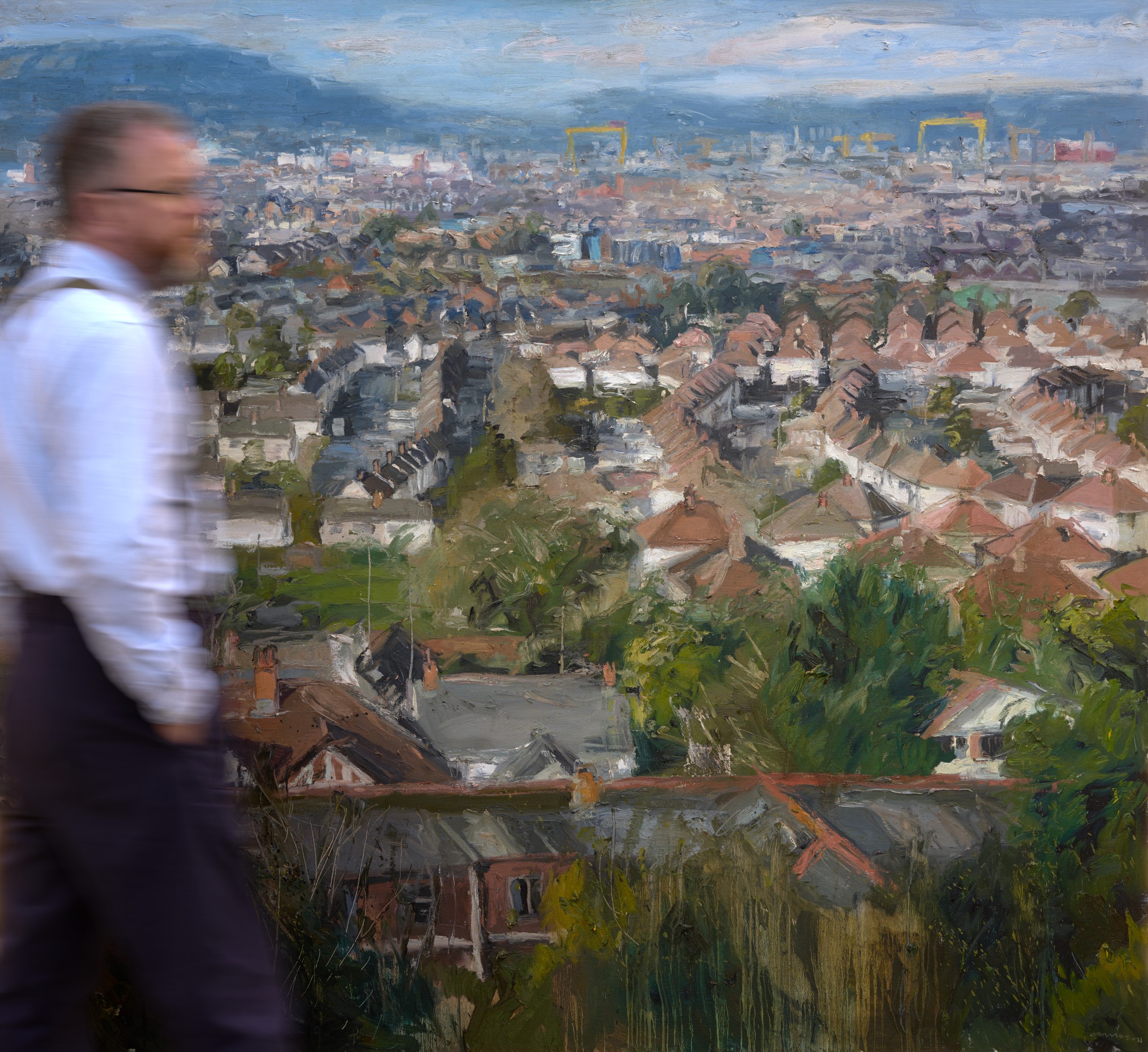
Image 2: A photo of Looking Over Belfast From Castlereagh. C Davidson 2017.
‘People had made paintings of the destruction of the city after the bombings. I was interested in going back to the tradition of Irish landscape. Belfast affords you many treats. There are many vantage points, from Black Mountain to Castlereagh where you can get a panoramic view by standing on your two feet with a sketch pad.’
‘Here was a city living and breathing, rediscovering itself after the decades of tragedy that it went through.’
Graham, for his part, described the period after the 1998 Belfast Agreement as a ‘pivotal time’ in the northern psyche. ‘It was as if everyone was going around holding something very breakable and nobody wanted to shout in case you dropped it.’

Image 3: Colin Davidson
It was after this ‘delicate time’ that Davidson chose to paint many of the protagonists of the Agreement, including Ian Paisley, Martin McGuinness, John Hume and David Trimble, some in their later and more vulnerable years.
Asked by Graham how it feels to be in the room with a subject he is painting, Davidson said, ‘I’m out of my comfort zone. I’m out of my depth. Two people are in a room, one of them is looking intently at the other. We haven’t met before. That’s unnatural. It’s not like anything else.’
‘That uncomfortable position is the space that you need to inhabit to make anything of substance.’
He painted Martin McGuinness and Ian Paisley with the intention of displaying the paintings side by side, a concept he encouraged both of his sitters to agree to.
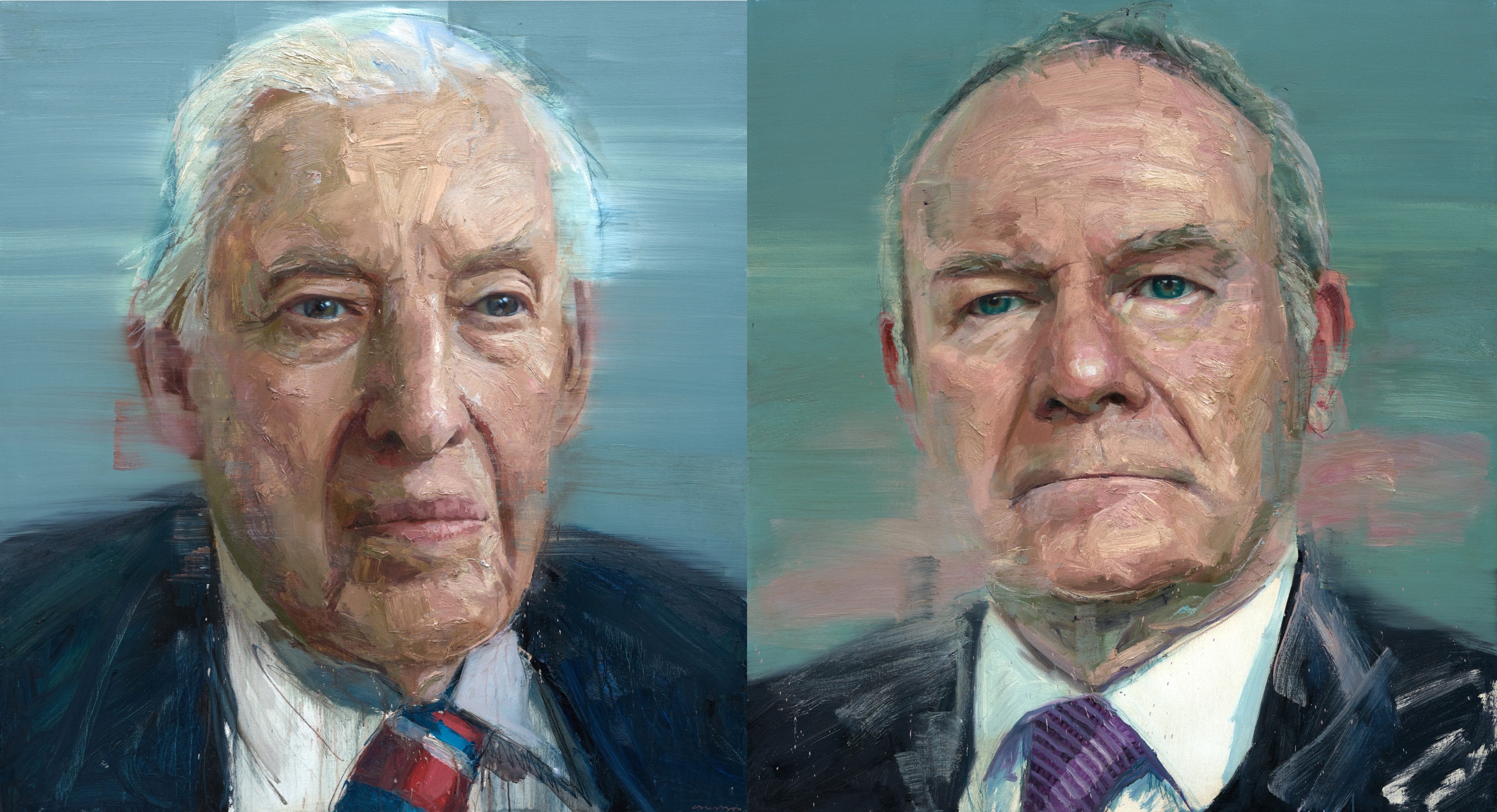
Image 4: Ian Paisley. C Davidson, 2013-15. Martin McGuinness. C Davidson, 2015-16
'This was meant to be a duo of paintings, not to be seen apart.’ He describes with a note of poignancy when he looked at the finished paintings. ‘I remember thinking, why couldn’t you two guys have got together 20 years ago? I didn’t say it, but I felt it.’
Portrait painting is an attempt to capture the honesty of who this person behind the façade – the ‘glimpses behind the façade’. It is a process of self-discovery and learning for the artist. ‘I think Picasso said that every painting is a self-portrait. For me, it’s like starting again to paint, every time I meet someone new.’
‘You come out of every encounter slightly changed, slightly altered, even slightly traumatised.’
Both speakers discussed the parts of the Good Friday Agreement that were badly resolved, ‘the promises it didn’t make,’ and the trauma that was ‘swept under the carpet’. ‘Things were still broken. Things are still broken. Things will always be broken,’ said Davidson. Dismayed to realise that the testimony of survivors and victims was barely included in the Agreement, he wanted to acknowledge the trauma, hurt and grief. This led to ‘Silent Testimony’, his series of 18 paintings of survivors of the conflict.
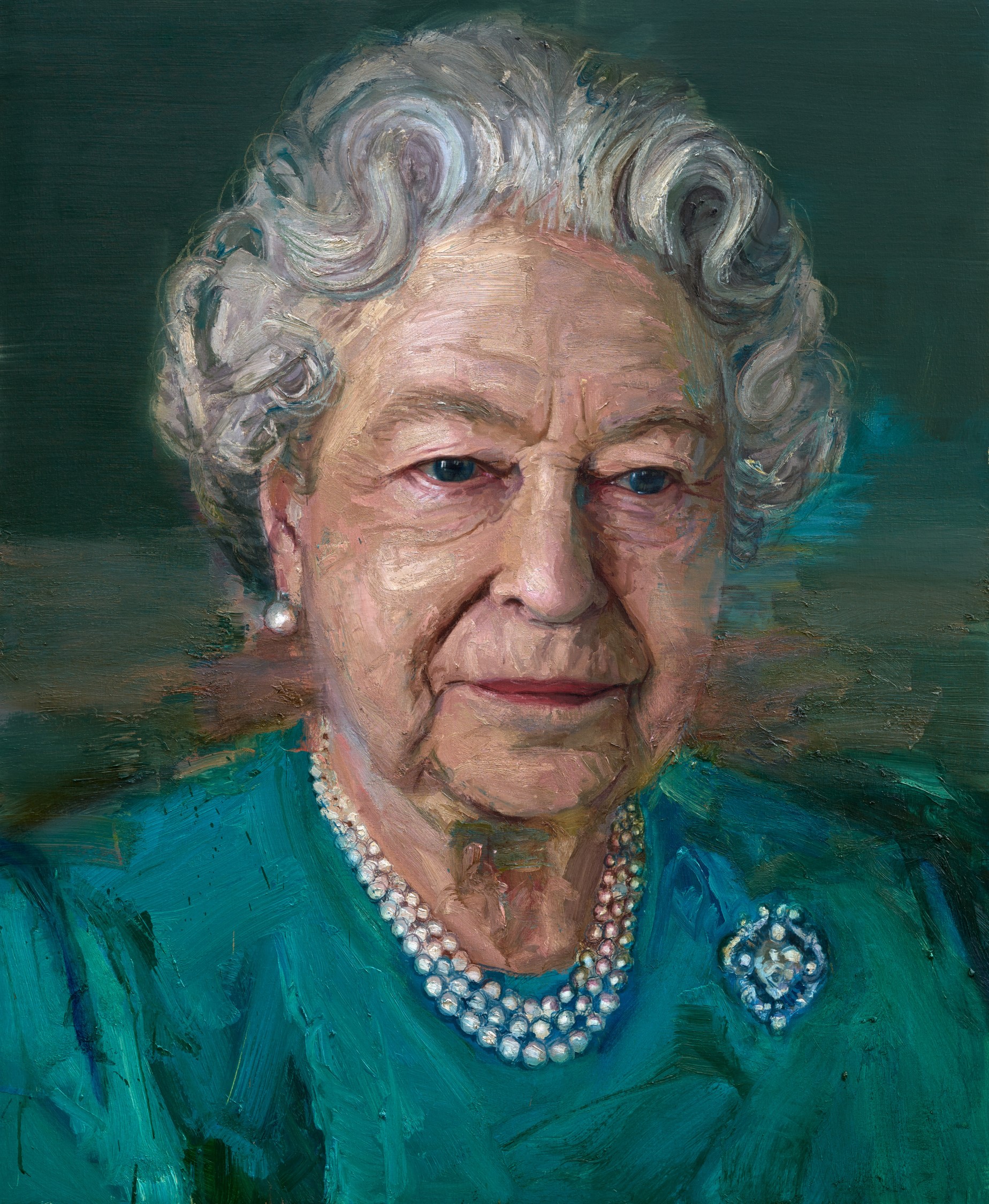
Image 5: HM Queen Elizabeth II. C Davidson, 2016
‘Instead of painting the great and the good, I wanted paint people who weren’t known outside their families and friends, to afford them the same gravitas as the Queen, or Heaney, or Clinton. They had lost loved ones. This meant looking at raw human loss, not Protestant loss or Catholic loss.’
‘My sense was that if we were to have a future, it needed to be built on us being willing to acknowledge what we did to each other.’
‘What we’re trying to figure out,’ said Davidson, is ‘why we’re here, and how we’re going to get through it.’
Davidson told the story of painting Paul Reilly, a former school caretaker, in 2014 at the home he shared with his wife Ann in Warrenpoint. They had lost their only daughter, Joanne, in a no-warning bomb on 12th April 1989, when she was just 20.
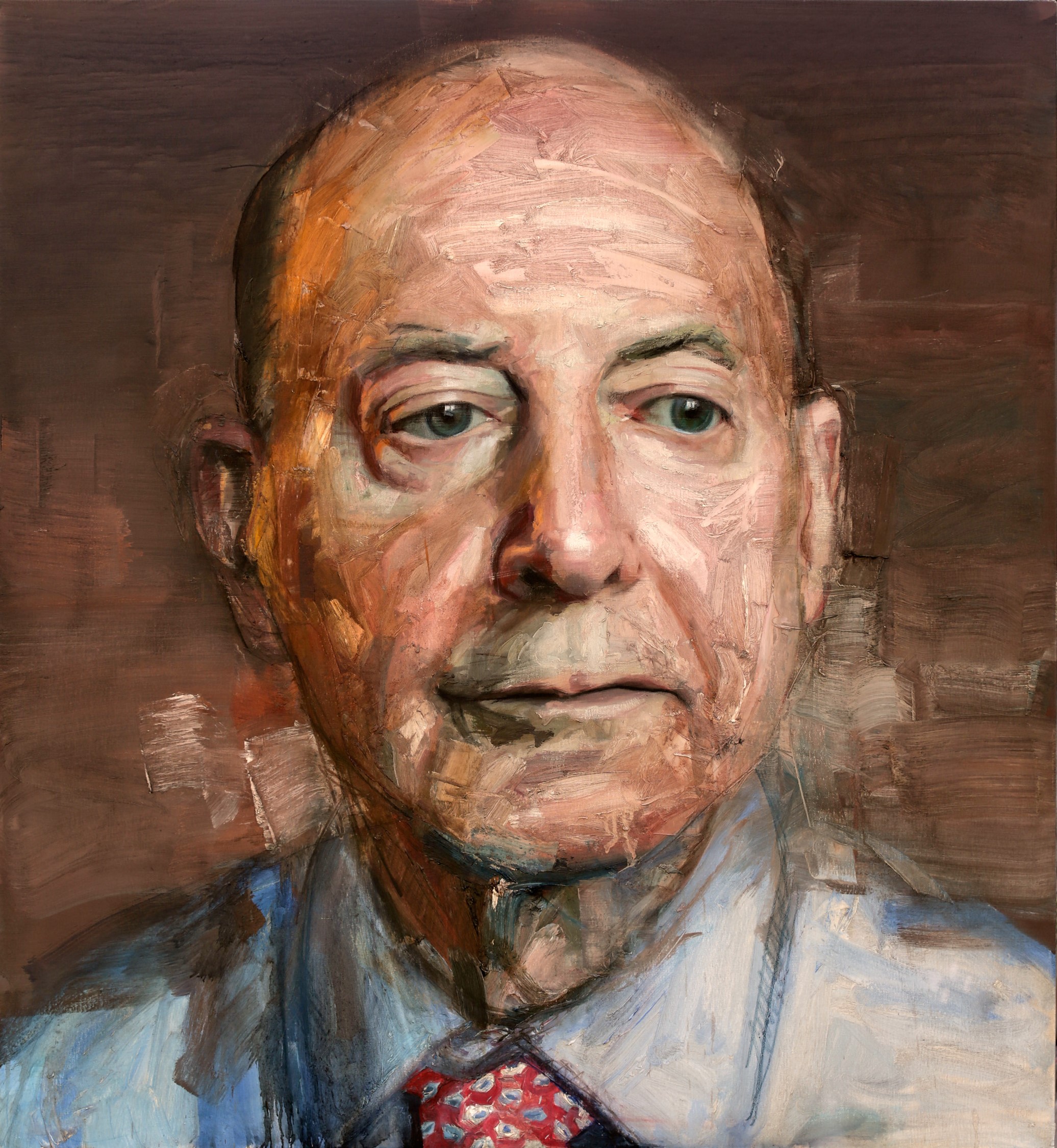
Image 6: ‘Silent Testimony’ survivor Paul Reilly. C Davidson, 2014-15
For many of his subjects, life was ‘tangibly broken and the stories would just pour out. But Paul was somebody whose life had just frozen. He could hardly talk about what had happened.’
Davidson described entering Joanne’s bedroom with her grieving father. It had been kept exactly as it was the morning she left the house, with a teenage bedspread and matching curtains, a pink clock on the wall, and a self of cassette tapes, with a tape still in the cassette player. Reilly sat on his daughter’s bed and it was there Davidson found the right place to paint him: ‘The light streaming through the window was beautiful.’
As they began to talk, Reilly described being at work when he heard the bomb going off. ‘He said it just sounded like a door closing. I thought, you are unaware of how profound that statement is. It was a door closing on the rest of your life.’
Only through bearing witness to this devastating suffering can healing come about. The ‘Silent Testimony’ series will go on display in the National Portrait Gallery in London in 2024. ‘Paul [Reilly] was quietly living out his life in grief,’ said Davidson. ‘Now, potentially millions of people will be able to hear his story.’
He added: ‘The best that we can hope for in any wound is that it leaves a scar.’
Main image is: 'Silent Testimony' survivor Margaret Yeaman. C Davidson, 2014-15
See more of his paintings on colindavidson.com
The ARINS project is a joint project of the Keough Naughton Institute for Irish Studies at the University of Notre Dame and the Royal Irish Academy. ARINS stands for Analysing and Researching Ireland North and South - Authoritative, independent and non-partisan analysis and research on constitutional, institutional and policy options for Ireland, north and south.


